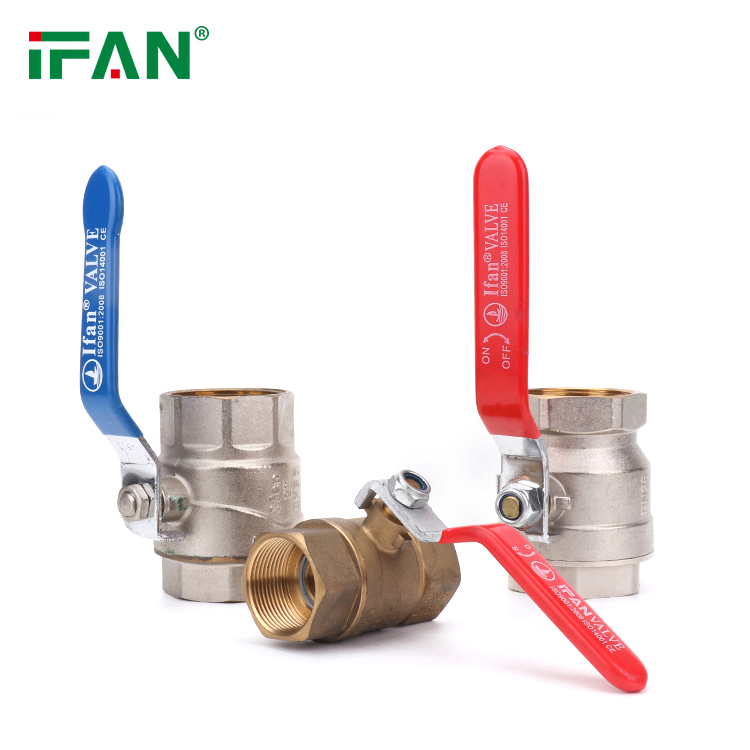Description
IFAN factory 30+ years manufacture experience support color /size customization support free sample.Welcome to consult for catalog and free samples.This is our Facebook Website:www.facebook.com,Click to watch IFAN’s product video.Compared with Tomex products, our IFAN products from quality to price are your best choice, welcome to buy!
1. Material Composition
The material composition of a brass ball valve is a fundamental indicator of its quality. High-quality brass ball valves are typically made from a specific alloy of copper and zinc, which ensures durability and resistance to corrosion. Look for valves made from either forged brass or cast brass, as forged brass tends to be stronger and more reliable. The brass should ideally be lead-free or low-lead to meet safety standards and minimize health risks. Inspecting the material certification and checking for compliance with industry standards such as ASTM B16.44 can help confirm the quality of the brass used in the valve.
2. Design and Construction
The design and construction of the brass ball valve are crucial for ensuring its performance and longevity. A high-quality valve should feature a precision-engineered ball and a smooth, leak-proof sealing mechanism. The valve body should be free of casting defects or irregularities, with a well-machined surface that supports proper sealing. The valve’s stem should be securely attached and have a robust, reliable operation mechanism, whether it is a lever or gear-operated design. Examining these aspects can provide insights into the valve’s overall construction quality and reliability.

3. Performance Specifications
Evaluating the performance specifications of a brass ball valve helps determine its suitability for specific applications. Quality valves should have clear performance metrics, such as pressure ratings, temperature tolerances, and flow capacities. Ensure that the valve’s specifications match the requirements of your application to prevent performance issues. For instance, a valve with a higher pressure rating and wider temperature range is suitable for more demanding environments. Manufacturers should provide detailed performance data and testing results, which can be cross-checked with industry standards and application needs.
4. Certification and Compliance
Certification and compliance with industry standards are critical indicators of a brass ball valve’s quality. Look for valves that are certified by reputable organizations such as the American Society of Mechanical Engineers (ASME), International Organization for Standardization (ISO), or the American National Standards Institute (ANSI). These certifications indicate that the valve has been tested and meets specific quality, safety, and performance standards. Compliance with regulatory requirements such as NSF/ANSI 61 for drinking water systems is also essential for ensuring the valve’s suitability for potable water applications.

5. Manufacturer Reputation and Warranty
The reputation of the manufacturer and the warranty offered with the brass ball valve can be significant indicators of its quality. Established manufacturers with a track record of producing reliable and durable valves are more likely to provide high-quality products. A reputable manufacturer will offer comprehensive support and a reasonable warranty period, demonstrating confidence in the quality of their product. Evaluating customer reviews, seeking recommendations, and checking the manufacturer’s history can provide additional assurance of the valve’s quality and reliability.
In summary, identifying a quality brass ball valve involves examining its material composition, design and construction, performance specifications, certification and compliance, and the reputation of the manufacturer. By carefully evaluating these indicators, you can ensure that the brass ball valve you choose meets high standards of quality and performance, making it a reliable component for your application.
Related products
-
Ball Valve
Brass Ball Valve
-
Ball Valve
Brass Ball Valve
-
Ball Valve
Brass Ball Valve FM












